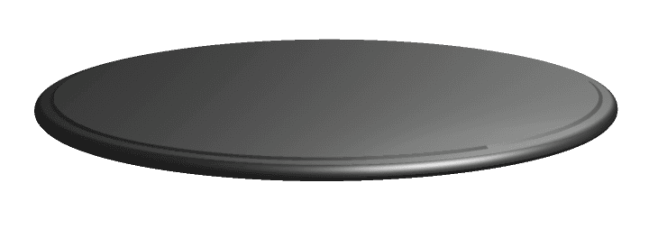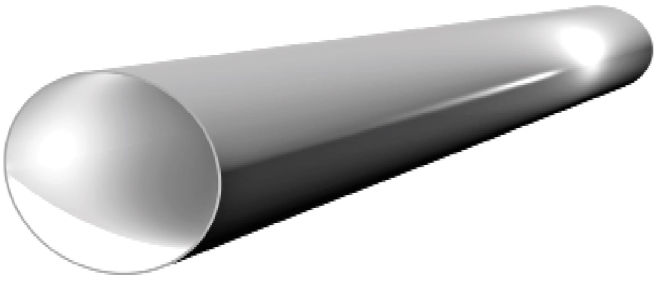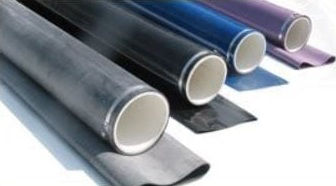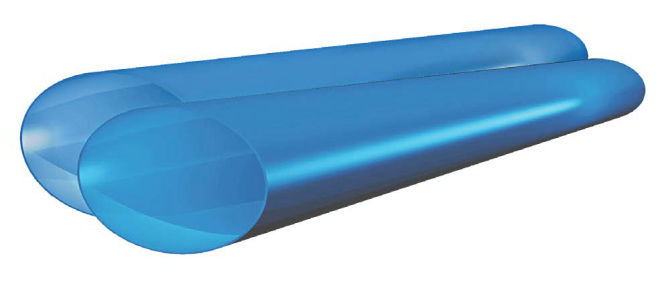
EPDM
PTFE-COATED EPDM
Light mix of industrial influent
All domestic waste
Temperature Rating:
up to 115°C (240°F)
Available for:
Disc
Tube
Panels

STANDARD PU
HIGH-TEMP PU
Oil & gas
Food processing
Animal byproducts
All domestic waste
Temperature Rating:
Standard PU:
up to 70° C (160° F)
HTPU:
up to 80°C (180°F)
Available for:
Tube
Panels

MATRIX™
MATRIX PLUS™
Oil & gas
Food processing
Animal byproducts
All domestic waste
Temperature Rating:
Standard PU:
up to 70° C (160° F)
HTPU:
up to 80°C (180°F)
Available for:
Tube
Panels

SILICONE
Municipal waste
Tanneries
Breweries
On/Off Applications
Temperature Rating:
up to 110°C (230°F)
HTPU:
up to 177°C (350°F)
Available for:
Disc
Tube
Best resistant to:
ozone
oxidation
animal waste
vegetable waste

SPECIALTY POLYMERS
Performance Guaranteed
Pulp & Paper
Improved Pressure
Stability
All domestic Waste
Temperature Rating:
Standard PU:
up to 70°C (160°F)
HTPU:
up to 120°C (250°F)
Available for:
Disc
Tube
Panels
Floating Social Menu and Ribbons
Click the "gear" icon to change the layout of the social bar. This text will be removed on preview/publish.